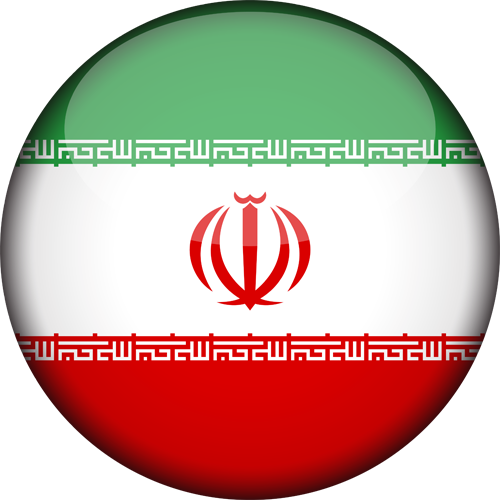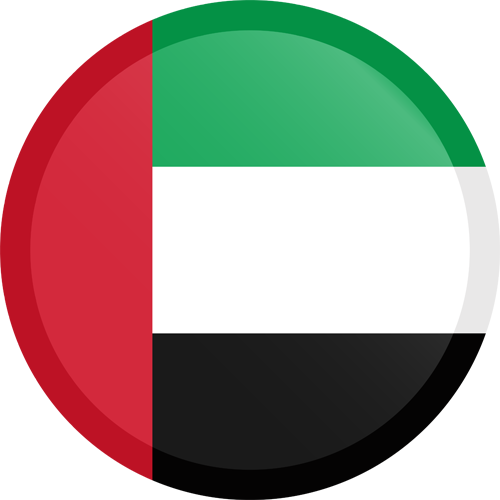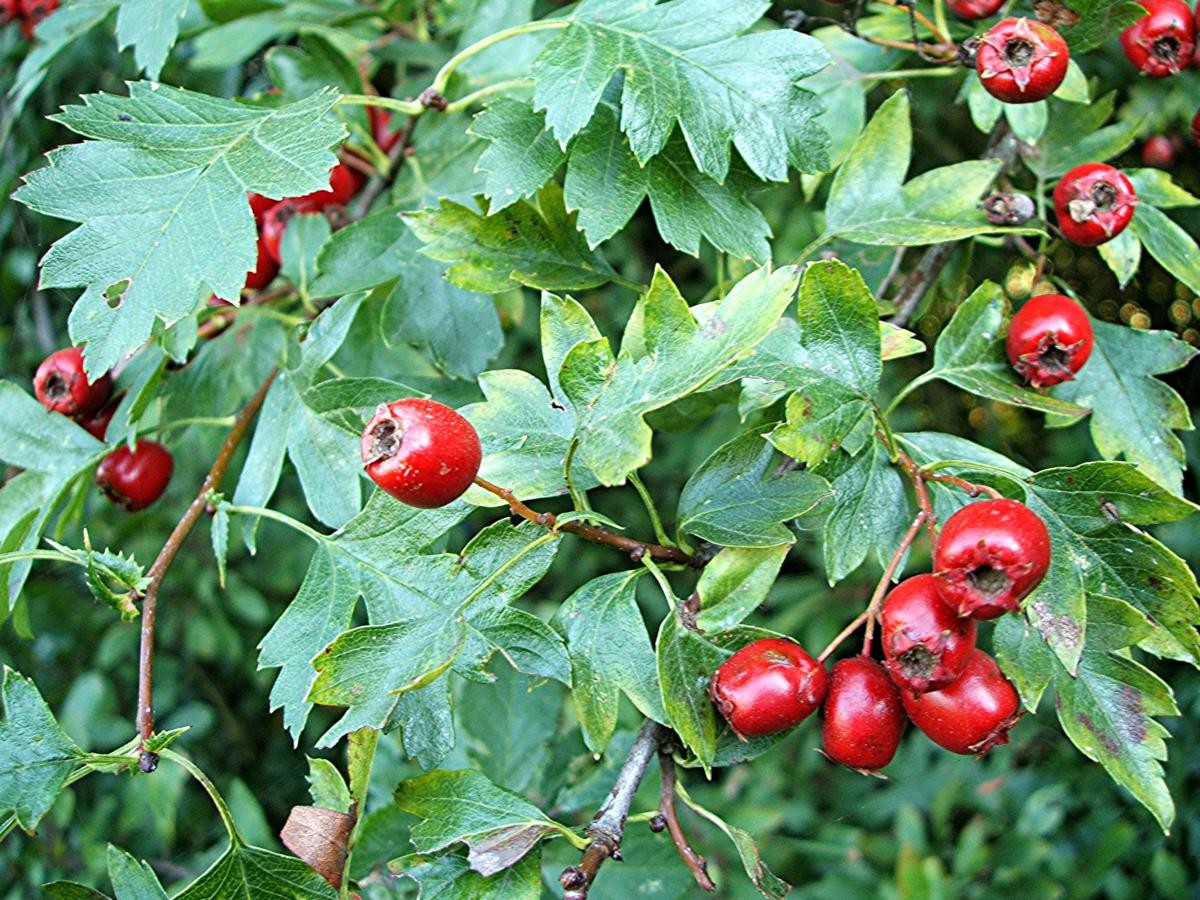What is the difference between fruits and vegetables?
Most people know that fruits and vegetables are good, but many are unfamiliar with the differences.
There are many differences between fruits and vegetables in terms of structure, taste and nutrition.
This article will take a closer look at the differences between fruits and vegetables and their health benefits.
Differences between fruits and vegetables:
Fruits and vegetables are classified both botanically and culinary.
Botanically, fruits and vegetables are classified according to which part of the plant they come from.
A fruit is made from the flowers of a plant, while other parts of the plant fall into the category of vegetables.
1) Riwas
This fruit is so rare that even people in Tehran don’t eat it much. The English name is rhubarb, I’ve been speaking English for almost half of my life and I don’t think I’ve ever heard that name, so don’t even try. It’s super famous for its extremely sour taste that will make your stomach churn in satisfaction.
The thing about Riwas is that it usually grows in mountainous areas in the mountains actually. Just imagine that, so a lot of workers go to these mountains and pluck them, it’s more like a seasonal job for them. They then sell it in the city. Riwas grows in the spring from end of April to end of May; and it’s usually a good Riwas harvest if it rained a lot that season.
2) Chaghale Badum
Next up we have this odd name, which I’m sure 99% of you guys can’t even pronounce it so let’s make it simple, Badum is almond and Chaghale, is basically the ripe almond. Okay that’s still pretty confusing, let me elaborate further.
So you see almond need to grow on trees and then their outer exterior gets hard and they become dry and become the almond we all know. However in Iran, around spring time, we pluck the almonds way before they grow properly and then we eat them. You guys have no idea how amazing it tastes, it’s so crunchy, fresh and chewy. Ugh I can’t wait till I go back to Iran and get some.
This also comes around the same time as Riwas, from end of April to end of May. Because after that the almonds get too hard and you can’t really eat them anymore.
3) Goje Sabz
This literally translates to green tomato, it’s actually a type of plum, that is sour and green but because of its resemblance to small tomatoes, that’s what we call it.
I don’t know why all of our odd unique fruits are sour as hell, but this is the good type of sour, my mouth is watering even now. We eat it with a good amount of salt and enjoy it to bits.
This fruit also comes out in the spring, although it’s there for quite a few more months than the other ones. It usually comes out in mid may and it’s there till mid July. I definitely suggest getting some of it, it’s amazing. All of my international friends are so in love with it and they always ask me to get them some when I come back to Malaysia from Iran.
4) Pomegranate
Many countries have pomegranates so it doesn’t count as a unique fruit in Iran; however it is still a pretty great fruit that you can find in Iran abundantly. It’s also extremely cheap during the winter. Well pomegranates are usually abundant from December to March, the prices usually drop so much with them costing around 7, 000-8, 000 Tomans per KG. Now in Malaysia, pomegranates cost like 15 ringgits per piece. Can you believe that?
And they are so dry and tasteless; which is fine because pomegranates don’t even grow here. Now Iran’s pomegranates are actually called red rubies in Iran, they are that red. Pomegranate juices can be found in any juice station at any time of the year, not just winter. They actually have juice shops that are solely dedicated to selling pomegranate related products, you’d definitely love them, some of them are super sour though. Yes us Iranians love sour things.
5) Zalzalak
Just the name itself is so weird that I think it gives you an idea about the weirdness of the fruit. It tastes amazing though, it’s a little sweet and sour which causes this extreme satisfaction of your taste buds. The name in english is ‘hawthorn’
The fruit usually grows in north western parts of Iran, they are mostly consumed for all their benefits. Some of those benefits are: lowering blood pressure, lowering stress levels and being good for your heart. Basically it prevents heart diseases. It also has a lot of anti-oxidants, which are perfect. This fruits usually grows and comes out in end of September or basically autumn. During that time it can be found in any fruit cart all over the city, do make sure to try it and not miss out on it.
6) Toot
Now this next fruit is a type of fruit that everyone will love, I mean you would really really love this. It’s so sweet and tender, oh gosh it will melt in your mouth and as you chew it, you feel like your mouth is bursting with flavor. In Persian we call it “Toot”, it’s called “Morus” in English, which is like quite an odd name and again I don’t know it. Anyhow there are like a lot of different types of toots, but the most common ones, which can be found everywhere are white and black toot. Well the black toot has a color like blueberries but we call it black anyways.
Toot always comes out in the spring, which is around April to May, sometimes till end of June. There are a lot of Toot trees all across Iran and especially in small cities. I remember when I was younger we used to go and climb small trees, so we could pick some toot from the tree. Families also got together and went to pick some toot, they were such joyous occasions really.
What are 5 benefits of eating fruits?
Here are the top 10 reasons that’s a great idea!
Fruits and vegetables are a great source of vitamins and minerals. …
You get to enjoy a variety of flavors and textures. …
Lots and lots of fiber. …
They’re low-calorie and low-fat. …
Protect against cancer and other diseases. …
Fruits and vegetables help you maintain good health.
What are the advantages of fruits?
Fruits are an excellent source of essential vitamins and minerals, and they are high in fiber. Fruits also provide a wide range of health-boosting antioxidants, including flavonoids. Eating a diet high in fruits and vegetables can reduce a person’s risk of developing heart disease, cancer, inflammation, and diabetes.





